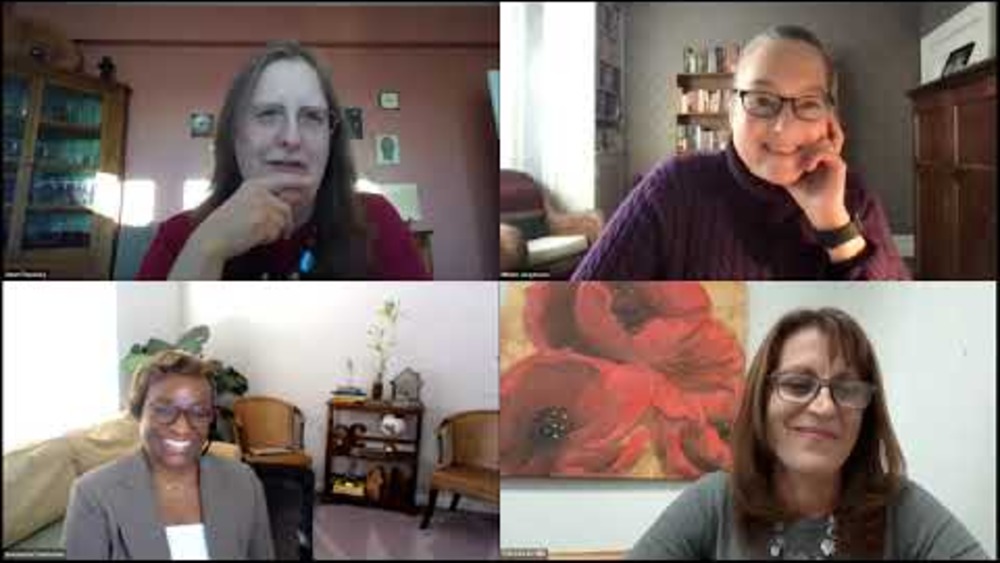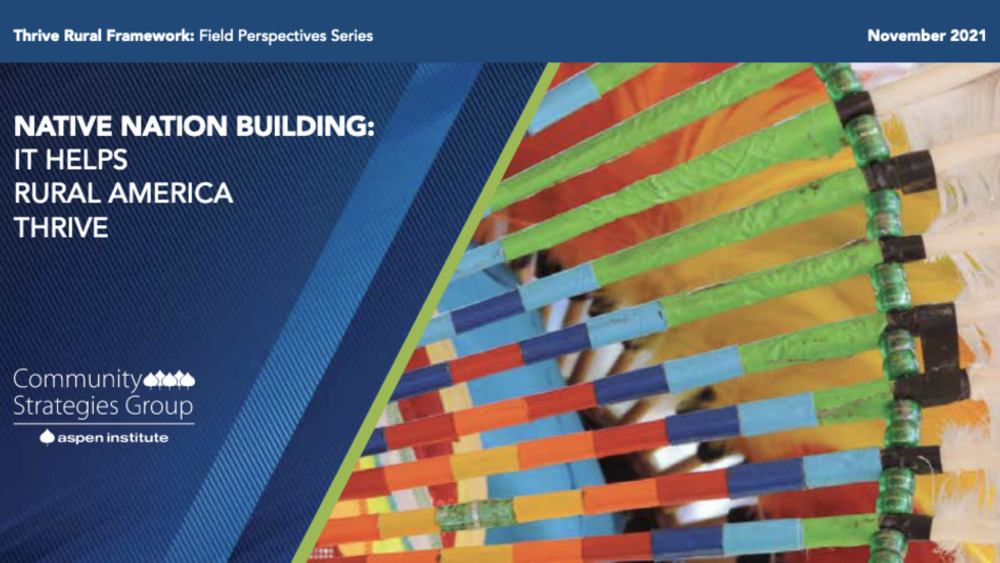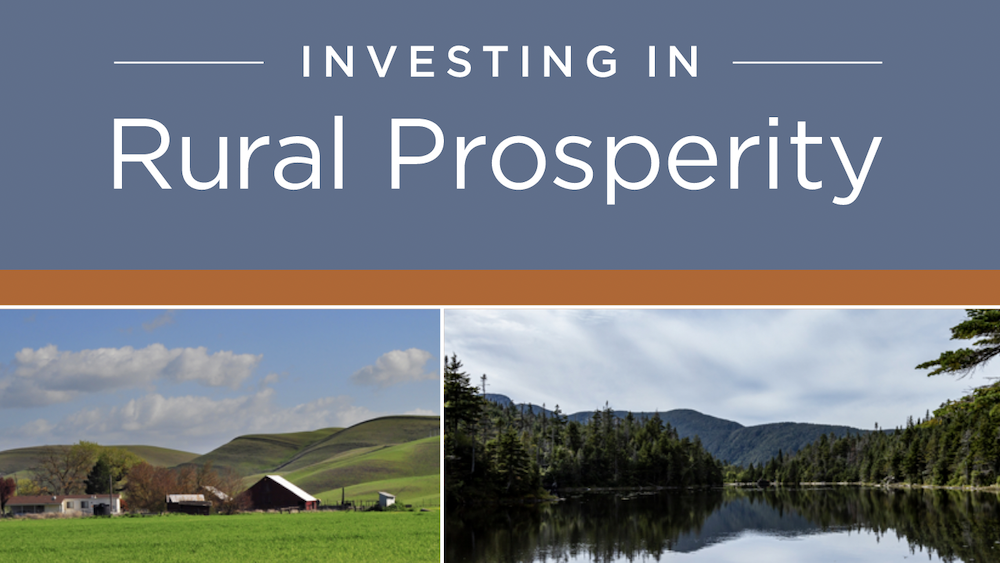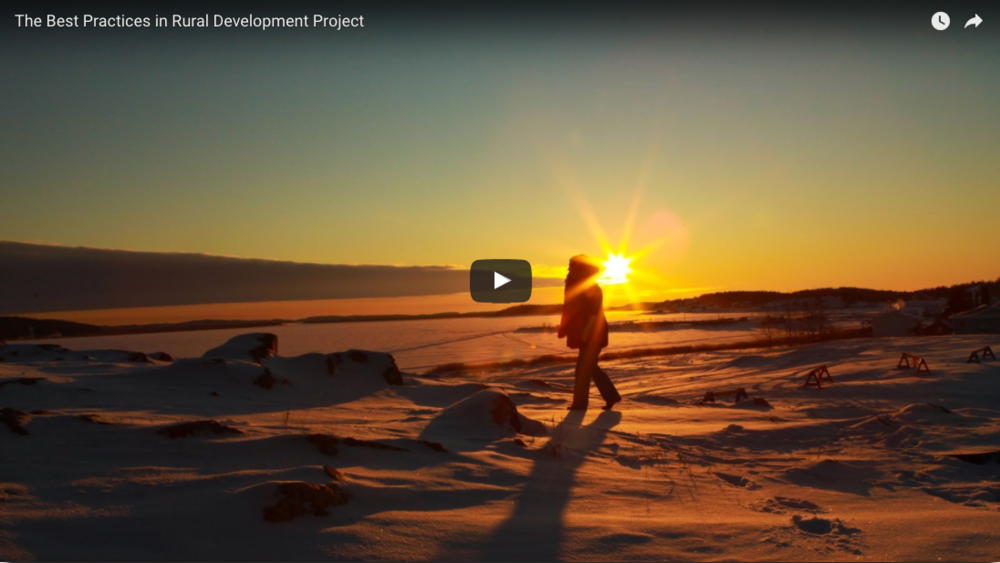Indigenous Governance Database
rural economic development

This Is What Capacity Looks Like: Building Development Muscle in Rural and Native Nation Communities
It is often said that rural and tribal communities and organizations need more capacity to fully engage or solve problems in their regions. But what, exactly, equals “capacity”? What key components of capacity need to be carefully and intentionally strengthened so that locally led organizations in…

Native Nation Building: It Helps Rural America Thrive
This second paper in the Aspen Institute's Thrive Rural Field Perspectives series shows that when tribes center sovereignty, Indigenous institutions and culture in their development processes they increase the probability of reaching their development goals and can build community wealth that is…

Investing in Rural Prosperity Chapter 7: Native America x Rural America: Tribal Nations as Key Players in Regional Rural Economies
The seventh chapter in Investing in Rural Prosperity, "Native America x Rural America: Tribal Nations as Key Players in Regional Rural Economies", outlines the diversity of Native nations, including with respect to governmental structure and economic opportunity. It also explores the history and…

The Best Practices in Rural Alberta Project
The Best Practices in Rural Alberta Project culminated in September 2012, after two and a half years of community engagement; research into the examination of leadership strengths and practices; incredible youth development; and video capture in preparation for a documentary film. This documentary…
